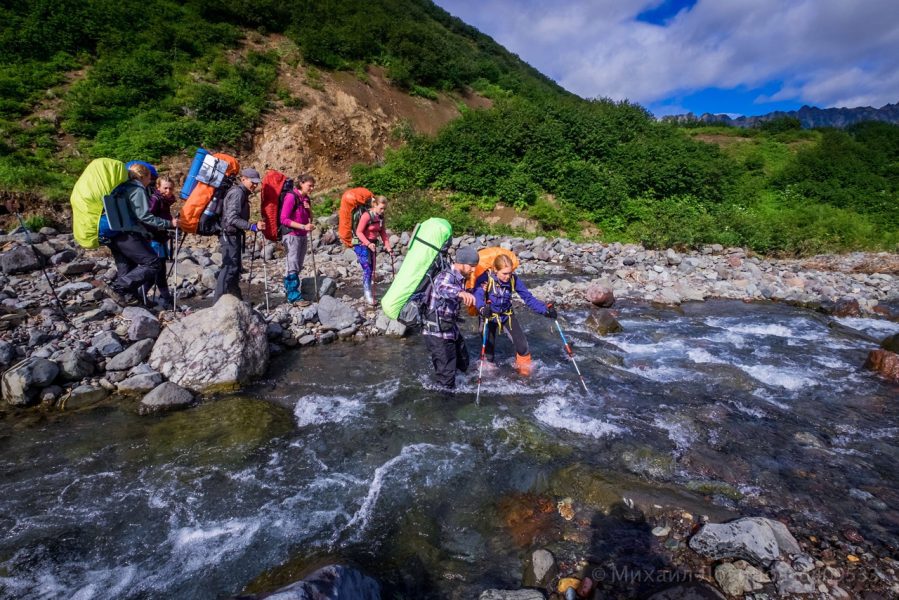
How to cross a ford or river
Content
Depth, current, obstacles, tire pressure, accelerator control ...
All our tips for getting through water, rocks and holes without tickling
Man is so great (and vastly superior to another species) that he is capable of destroying what he previously built. Take a bridge, for example: it is very difficult to build if it is strong and stable, and the modern invention of bridges dates back to the Romans. Bridges can be divided into 5 families: vaulted, beamed, arched, suspended and cable-stayed. That's it, it was the "Expand Your General Knowledge With Bikers Den" section.
And then, with the invention of dynamite, Man, according to geopolitical dangers, devoted a significant part of his energy to blowing up bridges. It is always impressive, the bridge that jumps. There are many of them in war films, it is even more enjoyable when the train passes over them at that time.
Without going to these ends, there are bridges to cross valleys, obstacles and, above all, rivers. This is the last one we will focus on. Because what if the bridge jumped or disappeared? What if it never was? Ha, how to cross it, this river?
Approach: Field Shooting
So, you walk quietly, Paynard, bucolic soul and joyful mood, along a small path or a small asphalt road, and there, bang, there is no more bridge! But a beautiful river to cross. Don't laugh, this happens more often than we think. Oh, of course, not in the Ile-de-France, but in Iceland, Morocco, Mozambique and many other countries, you will come across this if you think a little outside the box.
The stream is not an impenetrable natural boundary, but you still have to seriously study the ground before committing. What is the strength of the current? Depth? Is it regular or likely to fall over the hole or gradient once in the middle? What is the nature of the soil? Stones? Pebble? Foam? Tangled tree branches? You must know how to read a river: if a whirlpool or vortex appears on the surface, know that an obstacle will surely arise in the depths.
One of two things: either the river is narrow and shallow, and you personally feel that this is possible. Or it is not, and there we have to build a plan.
This plan includes a pedestrian spot, at the end of which you will determine the depth and obstacles and from which you will return with your trajectory, including the amperage. For the exit point, aim a little further upstream than the exit target: if the current pushes you, you will arrive directly at the desired location. Yes, it wets your toes a little, but it's better than a motorcycle that tickles itself.
You should also know that no one holds on to the impossible and that if the Ford is a little difficult (depth up to 20-30 cm, Ford remains relatively light, from 50 to 60 cm, it is more technical and not only, it is really difficult), it is better not launch yourself and have colleagues nearby to rescue you in case ...
Once it is in order and you are confident that the water level stays below the intake and exhaust ports, you can get ready. Considering this last detail: to get control, you will have all your interest in inflating your tires by about 1,5 bar.
In action: consistency and determination
When you have to go, well, you have to go. Because if there is one place where it is difficult to turn around in the middle, it is the river. Therefore, we need determination. But don't rush. We enter the water gently to limit heatstroke from hot motorcycle parts.
Once in the water, you must go. Then the basic rules of off-road riding apply: you have to look far away, not in front of the wheel, accelerate slightly but consistently maintain directional power (a carved throttle is the best way to mount the front of the bike), and obstacles are better cleared through acceleration. If you've prepared your shot well, it should go by itself.
Be careful if you accelerate too much, it is up and there, it all depends on your prowess in the wheel drive.
What if everything goes wrong?
You hesitate, stop, fall: what if it goes wrong?
Is the current stronger and the pebbles and roots less passable than expected? In this case, pragmatism should prevail over style and elegance. Help yourself to your feet to get back on track while maintaining your balance. In the worst case scenario, get off the motorcycle by walking downstream of the motorcycle from the current and pausing it towards the pelvis to give it the strongest grip. There, in the premiere and playing the clutch, aim for a step-by-step exit ...
If you stop, be careful to make sure the exhaust and inlet ports are well above the water level because there is a risk of water entering the engine in the event of a restart. And if the motorcycle falls, you must immediately cut off the contact with the circuit breaker and then drag it to the bank to see the extent of the damage. If water gets into the engine, it must be evacuated by removing the spark plugs and pulling it out with small blows from the starter.
On another bank
If you are in a different bank, it means the mission was successful. You will be able to wait for your colleagues, taking pictures: because it is beautiful, Ford excerpt. He takes beautiful photos, with splashes all over the place! You will also be available, ready to help them if necessary.
And when you leave, remember to return the tires to the correct pressure. Brakes that are wet also do not require some pressure on the levers to function effectively.
